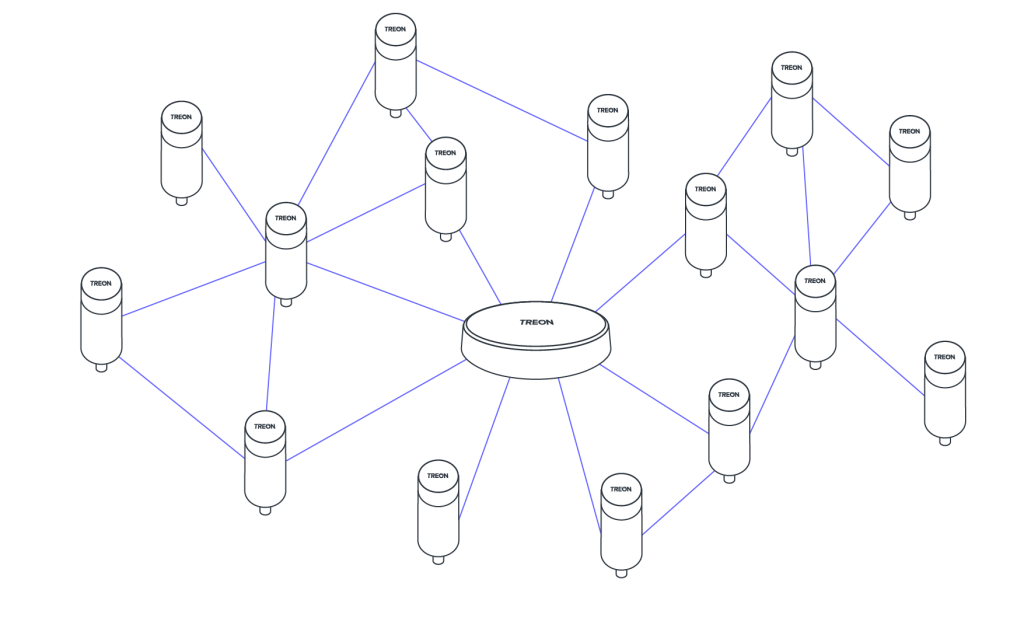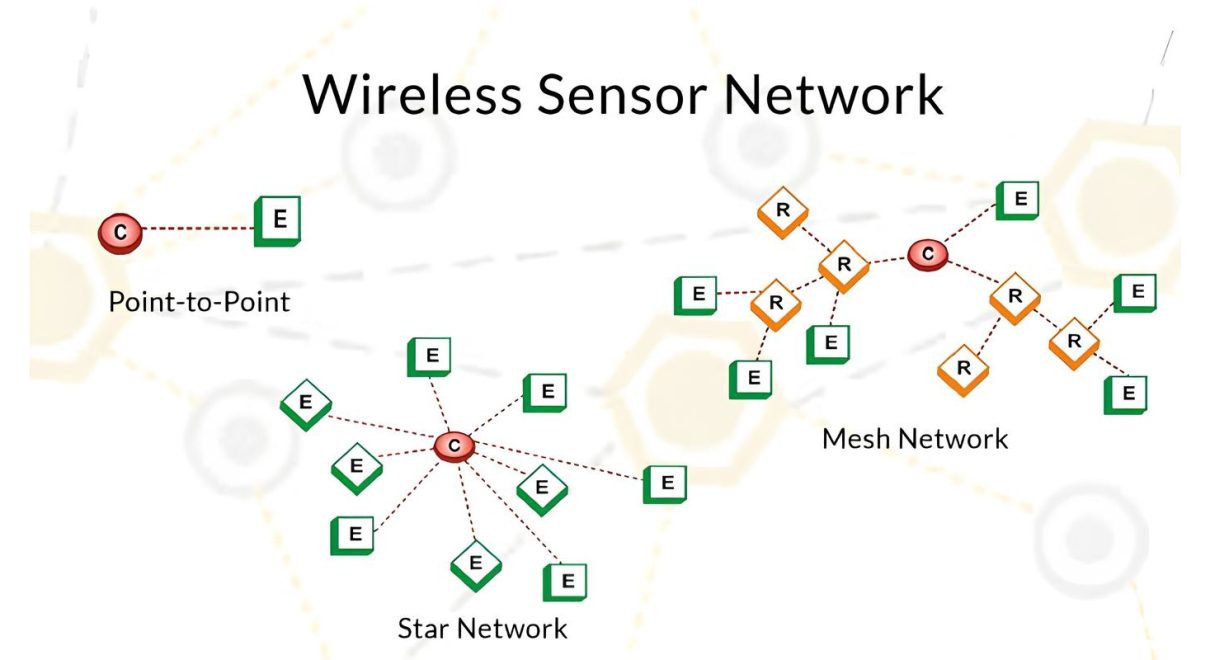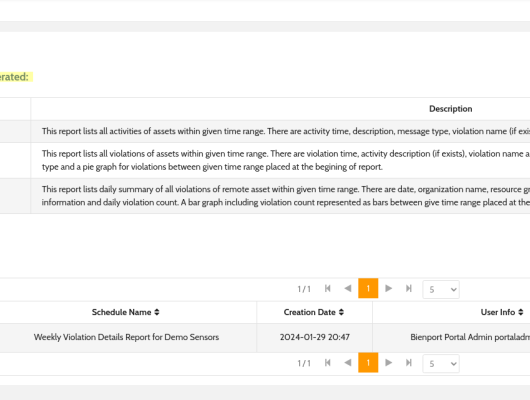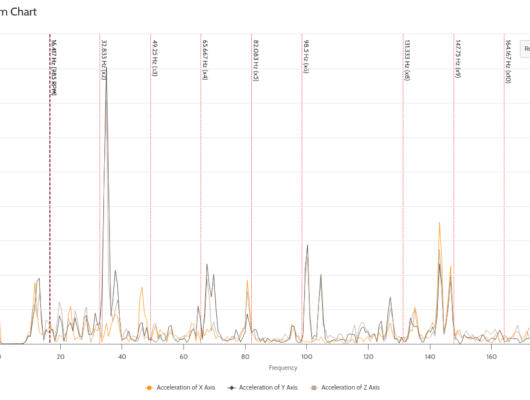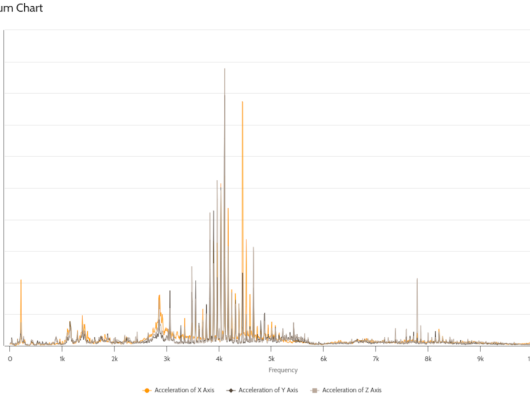Wireless Sensor Networks (WSN) refer to a group of spatially distributed and dedicated sensors for monitoring and recording the physical conditions of the environment and organizing the collected data at a central location. WSNs measure environmental conditions like temperature, sound, pollution levels, humidity, wind, and so on.
There are several topologies used in WSNs, each with its own set of advantages and disadvantages. The primary topologies are:
-
Star Topology: In this configuration, each sensor node connects directly to a gateway. This topology is simple and easy to manage but can be less efficient in terms of power and range.
-
Tree Topology: This creates a hierarchical network, where each node connects to a parent node, leading up to the gateway. It's more scalable than the star topology but can be more complex to manage.
-
Mesh Topology: Nodes in a mesh topology communicate with each other to relay data. It's highly reliable and offers robust data communication paths, but it's also complex in terms of network management.
An example mesh network topology is given below in use with MQTT protocol. Our gateways are also use MQTT protocol to communicate with IoT cloud platform.

Wirepas Mesh is a unique technology in the field of WSN. It's a decentralized network solution, meaning that each node in the network makes its own decisions regarding the best route for data transfer. This approach offers several benefits:
- Scalability: Wirepas Mesh can easily scale from a few devices to thousands, making it suitable for large-scale deployments.
- Reliability: With each node capable of determining its own path, the network can adapt to changes and obstacles, ensuring consistent data transmission.
- Energy Efficiency: The decentralized nature of the network allows for efficient use of power, extending the battery life of sensor nodes.
- Flexibility: It's versatile and can be used in a variety of applications, from industrial monitoring to smart lighting systems.
In conclusion, Wireless Sensor Networks are crucial for gathering and transmitting data in various environments. The choice of topology in a WSN, be it star, tree, or mesh, greatly influences the network’s efficiency and reliability. Wirepas Mesh, in particular, stands out for its decentralized approach, offering scalability, reliability, flexibility and energy efficient communication which are essential in modern WSN applications. Our sensors and gateways are communicating with each other using Wirepas mesh network. Our Wirepas enabed vibration sensors can work more than 5 years depending on network design and traffic density on the node.
